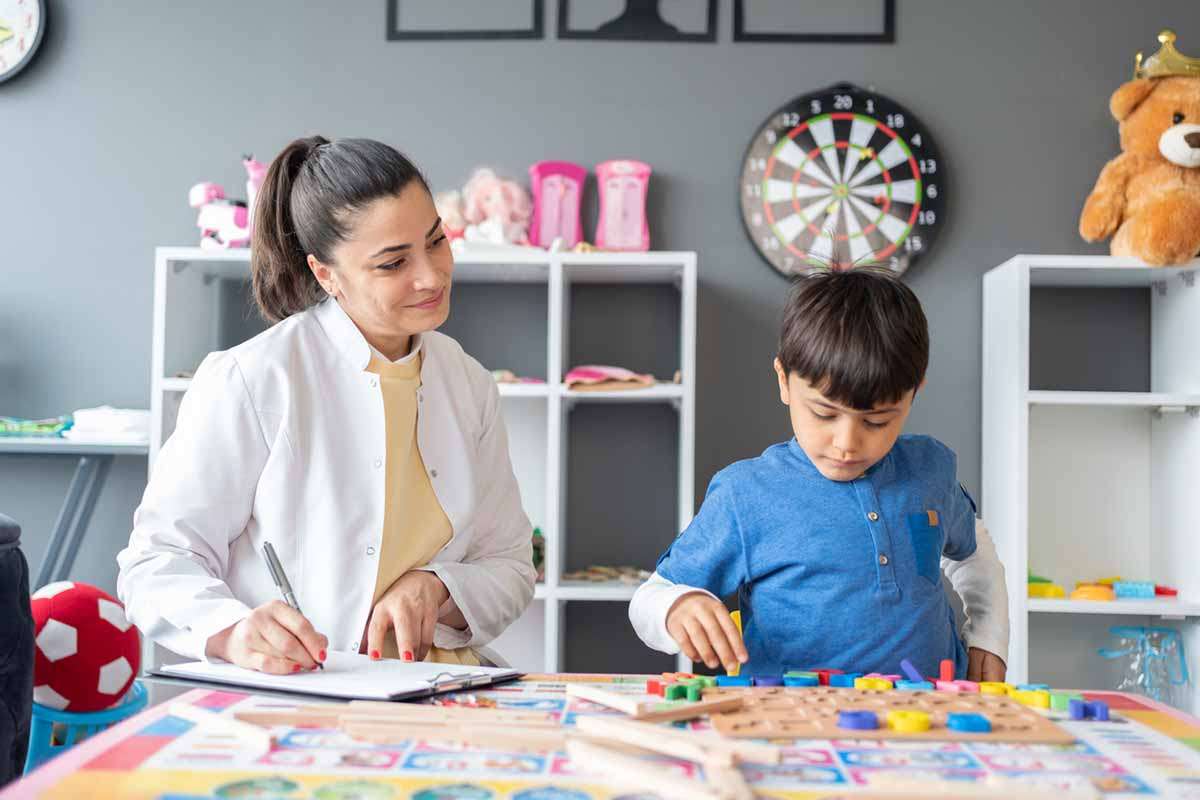Q
I received a call from my son's kindergarten teacher. She said she noticed my son not listening to directions and being frustrated by not understanding the directions she gives in class. She wants to have a group of educators talk to him as well as the school psychiatrist. He has a problem at home also listening to directions. My husband and I don't know what to do to help him. We want him to well in school. Do you have any suggestions for us? We appreciate any help we could get. Thank you.
A
Give your son's teacher a "star." He's very lucky to have a teacher who is interested in discovering why he is having problems with directions. It can be because he's not listening, distracted, not paying attention, or has a hearing loss. Or it may be because he has an auditory processing problem which is the inability to understand spoken language in a meaningful way in the absence of a hearing loss. It is very important to identify problems early before they can affect learning. His school is definitely on the right track.
Support the school's efforts to diagnose the cause of your son's problem. They may have him evaluated by both an audiologist for his hearing and a speech-language pathologist for his understanding of speech. Be sure to tell the education team working with your son that he also has problems listening to directions at home.
There are several things that can be done at school to help your child follow directions better including sitting him in the front, away from distractions. At home, you can improve his understanding of directions by following these hints:
- Get your son's attention before giving directions.
- Speak slowly and clearly without overexaggerating your speech.
- Vary loudness to increase attention.
- Give simple directions, and keep them brief.
- In more complicated directions, use words like first, next, and finally.
- Check that your child understands your directions by asking him to repeat or summarize them.
- Encourage him to ask questions when he doesn't understand your directions.
- Try not to show frustration when your child misunderstands directions.
